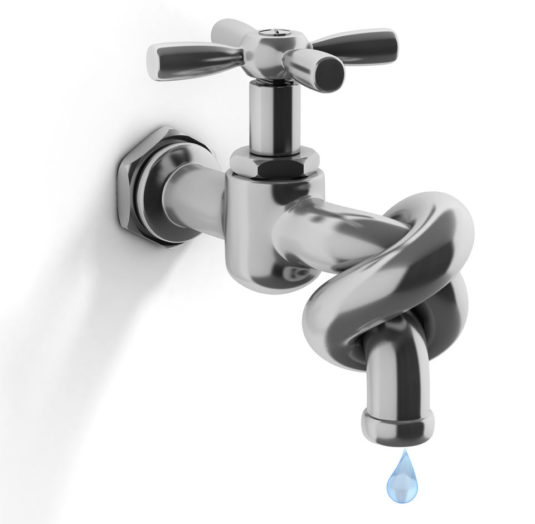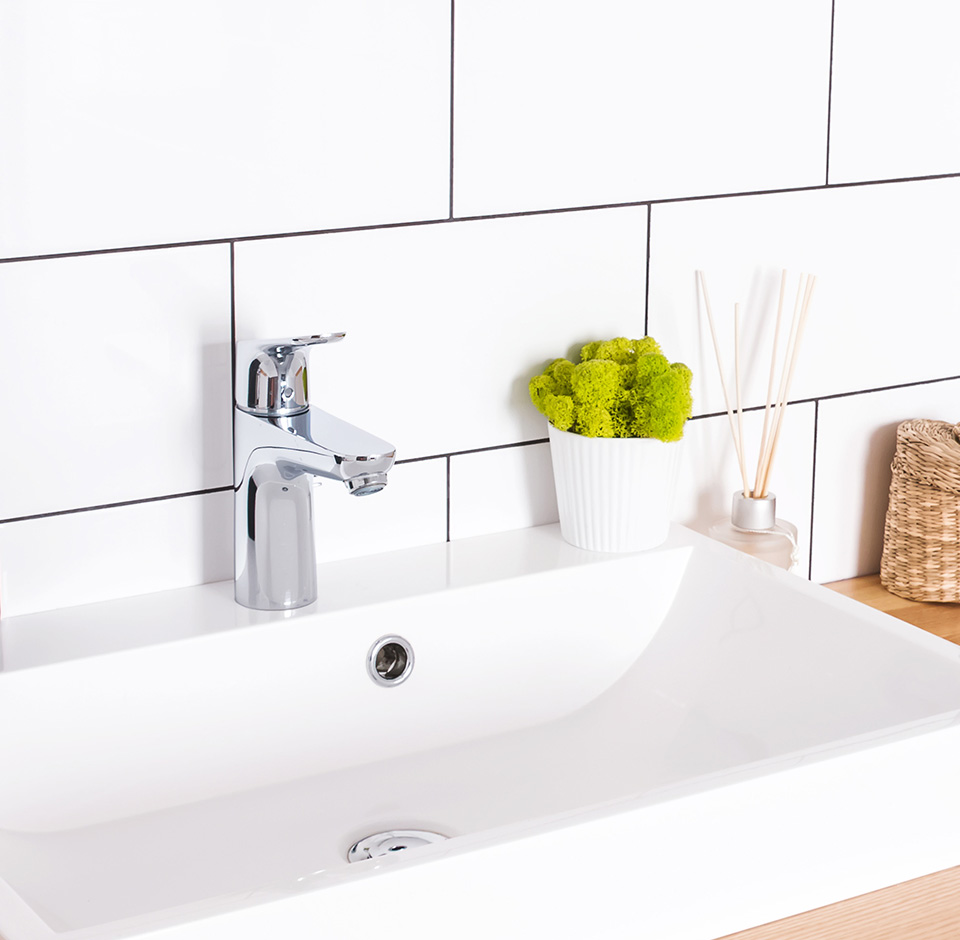How to conserve water at home guide
According to the Office for National Statistics household spending in the financial year 2018 was the highest since 2005. A standard UK home’s water usage is approximately 164 m³ per year, working out at about £400 a year – and those in the know suggest this is only going to rise.
Now, all of us appreciate the fact we have to pay household bills, that’s just part of life. But I suspect we would much rather spend our money on anything other than these ridiculously dull parts of our existence.
But what to do?
Interestingly our grandparents used about 18 litres of water a day and we’re averaging around 150. It also has to be acknowledged that granny and granddad didn’t smell and didn’t appear to be too dehydrated either.
So how come our money and water is flushing away before our very eyes? How are we becoming so uneconomical and wasting our money on the boring stuff rather than being left with enough to spend on our fabulous selves?




The Kitchen
1. Kettle water – only fill your kettle with as much water as you actually require – not only will this reduce your electricity bill – but it will also prevent water wastage. Many people tend to chuck the unused water out from the kettle after each use. If you do have a leaning towards cavalier water usage, rather than tipping the water down the sink, pour it into a container and use it to water your houseplants. (Now you’ve just remembered about that sad-looking peace lily hidden behind that pile of stuff in the back of the living room, haven’t you… Quick, run and rescue it with your old kettle water.)
2. Reuse your cooking water. This is not gross, just practical. Again, you can use it for watering plants or, if you’ve boiled or steamed a few veggies you can use this flavoured water to enhance your gravy, or even pour it into a container and use it for the next saucepan that requires water. (If the water is still warm it will get to boiling point quicker too, so again saving you money on your gas or electricity bill).
3. Get steamy with your veg. Steaming vegetables requires a smaller amount of water as opposed to filling a pan. Also, steaming helps retain more nutrients than boiling. Which is pretty much the only reason why you’re eating vegetables anyway.
4. Don’t rinse your water away. If you wash dishes by hand, fill up another sink or container with cold water to rinse off the bubbles. Don’t leave the tap running to rinse, your money is literally pouring itself down the drain.
The Utility Room
5. Save the special water. If you have a condenser drier, recycle the water from the container. This water is brilliant stuff because it’s actually distilled water. In a nutshell it’s the water from your clean wet clothes, heated to such an extent it becomes steam and collects as condensation. Apparently this process rids the water of its natural minerals and electrolytes. This means it doesn’t contain any of the nasties which cause lime scale to build up inside your iron. Using this water will therefore save you a fortune as you will not need to replace your iron due to a slow and painful lime scale death, prevent you wasting fresh water each time you iron and generally make you feel a bit smug.
6. Don’t do halves. Seriously, do not put half loads of washing on full spin cycles. Even the most efficient, commercial washing machines will use around 18 litres (5 gallons) of water each wash, the average household machine will use anything from 55 – 112 litres of water.
7. Keep it cool – you are not your grandmother and you are not living during the dark ages; we do not need to hot-wash-boil the bejeezus out of every item of clothing. (Unless your family is suffering from unpleasant bugs resulting in long queues for the bathroom.) A cold wash will clean your average washing load perfectly. Remember, even non-bio detergents have incredibly powerful cleaning properties within them; the water does not need to be at boiling point to rid clothes of day-to-day stains and odours. And if you can’t quite cope with cold washes, at least try a 30 °C wash – Which? found that running costs are reduced by about 46% compared to a 40°C program.
8. Size is important. If your machine has size cycle options, use them! If you don’t have many whites to wash due to you being a closet Goth – use the ‘small load’ option and bingo! less water is used and therefore wasted.
9. Too hot to handle. Fit your hot water cylinder with a thermostat and turn the heating to between 60-65°C. Anything lower and you run the risk of legionnaire’s disease – not recommended. Once the water hits temperature, the thermostat will switch the boiler off so won’t be heating water unnecessarily. If you set the water at much higher temperatures you’ll just spend more money on heating it and scald yourself – so that’s just silly.
10. Keep your boiler cosy. If you insulate your boiler (many aren’t), not only will it look rather jaunty in a new jacket, but it will also maintain the water temperature in the tank for longer. By doing this you can reduce heat loss by about 75% and make a saving of over £40 a year.


The Bathroom
11. Flush with style, not excess. Unlike your mum or dad, don’t shove a brick into the top of the toilet system to reduce water use. Instead, for around £3, buy a water displacement bag. These little tinkers are a rather clever way to conserve one litre of water with every flush, on average saving around 4,800 litres of water a year.
12. Seeing red. Pop bright red food colouring into your toilet’s tank – this way you can see if the toilet is wasting water due to a leak. Fixing leaks from your loo will save litres of water (and money) each month.
13. Use a shower instead of a bath. A typical bath uses around 115 litres of water, whereas taking a shower will use on average 75 litres of water in a five-minute wash.
14. It takes two. By taking two minutes less in a shower you can make huge savings to your annual water bill.
General household water saving
15. Don’t lag on your lagging! Insulate or lag all hot water pipes to reduce the amount of heat loss. You’ll spend less money heating water and the hot water stays hot for longer.
16. The best excuse for laziness – ever! Buy a dishwasher. Washing dishes by hand tends on average to use over 63 litres of water per session, and if the dishes are treated to a final rinse, well, this can raise the water usage up to 150 litres. Contemporary dishwashers use as little as 15 litres per cycle (but only use them when they’re completely full). So there you have it – best argument ever for never having to wash by hand again. You are welcome.
Get unlimited access to our exclusive content, including this & many other of our guides by joining the SaveMoneyCutCarbon Club
The benefits of our ClubAlready a member?
